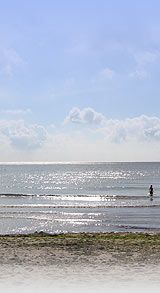13 ordspråk av Joseph Capurso
Joseph Capurso
Läs om Joseph Capurso på Google. Hitta foto...
Number of proverbs are 2101330
varav 1407627 på engelska
Proverb (2101330 st) Search
Categories (3944 st) Search
Authors (201411 st) Search
Photos (4592 st)
Born (10498 st)
Died (3319 st)
Dates (9520 st)
Countries (27300 st)
Idiom (4439 st)
Lengths
Toplists (6 st)
This website focuses on proverbs in the Swedish, Danish and Norwegian languages, and some parts including the links below have not been translated to English. They are mainly FAQs, various information and webpages for improving the collection.
Här har vi samlat ordspråk i 12990 dagar!
Vad är proverb?
Hur funkar det?
Vanliga frågor
Om samlingen
Ordspråkshjältar
Hjälp till!
varav 1407627 på engelska
Proverb (2101330 st) Search
Categories (3944 st) Search
Authors (201411 st) Search
Photos (4592 st)
Born (10498 st)
Died (3319 st)
Dates (9520 st)
Countries (27300 st)
Idiom (4439 st)
Lengths
Toplists (6 st)
This website focuses on proverbs in the Swedish, Danish and Norwegian languages, and some parts including the links below have not been translated to English. They are mainly FAQs, various information and webpages for improving the collection.
Här har vi samlat ordspråk i 12990 dagar!
Vad är proverb?
Hur funkar det?
Vanliga frågor
Om samlingen
Ordspråkshjältar
Hjälp till!
 |
This website focuses on proverbs in the Swedish, Danish and Norwegian languages, and some parts including the links below have not been translated to English. They are mainly FAQs, various information and webpages for improving the collection.
Här har vi samlat ordspråk i 12990 dagar!
Vad är proverb?
Hur funkar det?
Vanliga frågor
Om samlingen
Ordspråkshjältar
Hjälp till!
 |
